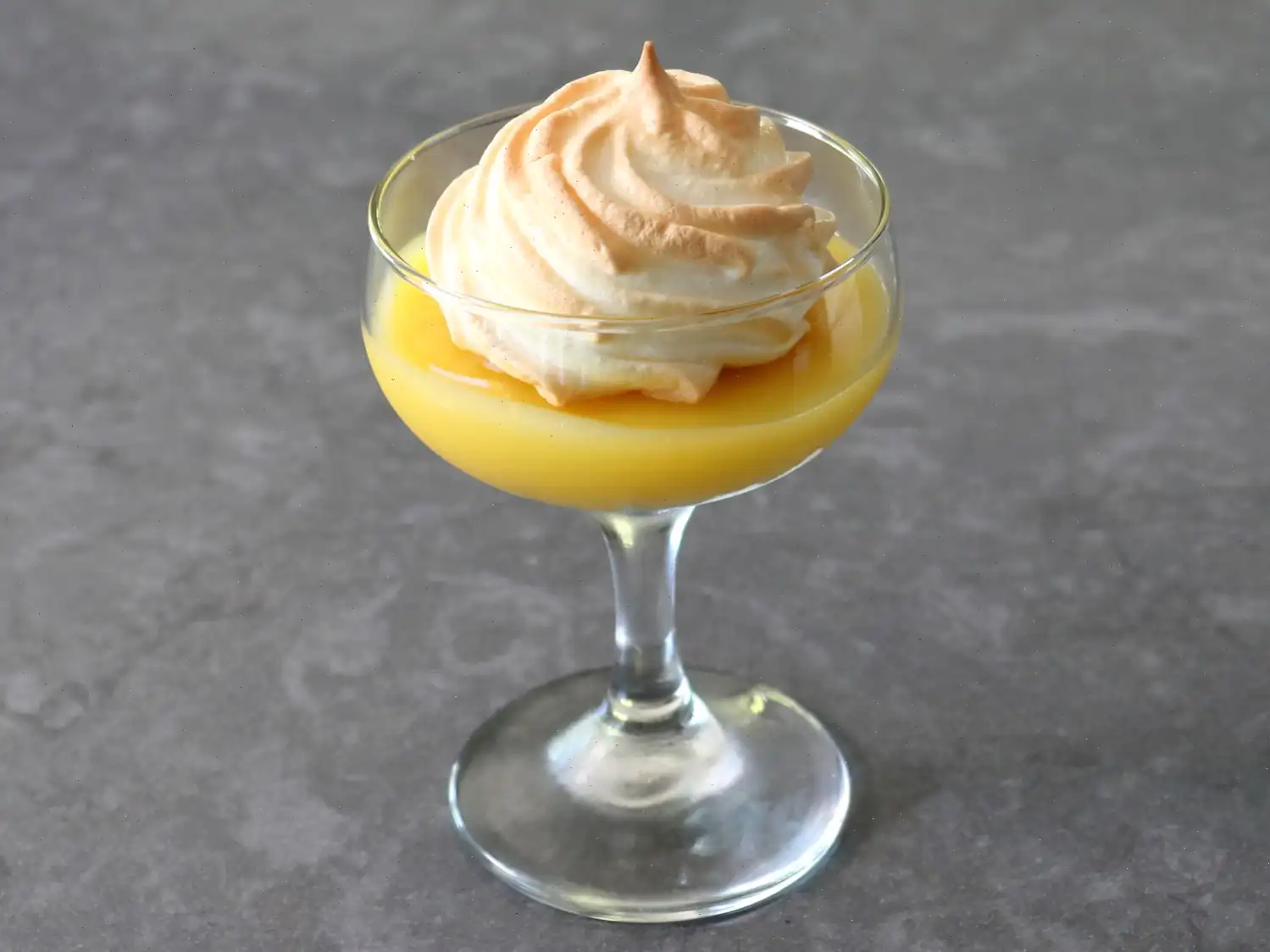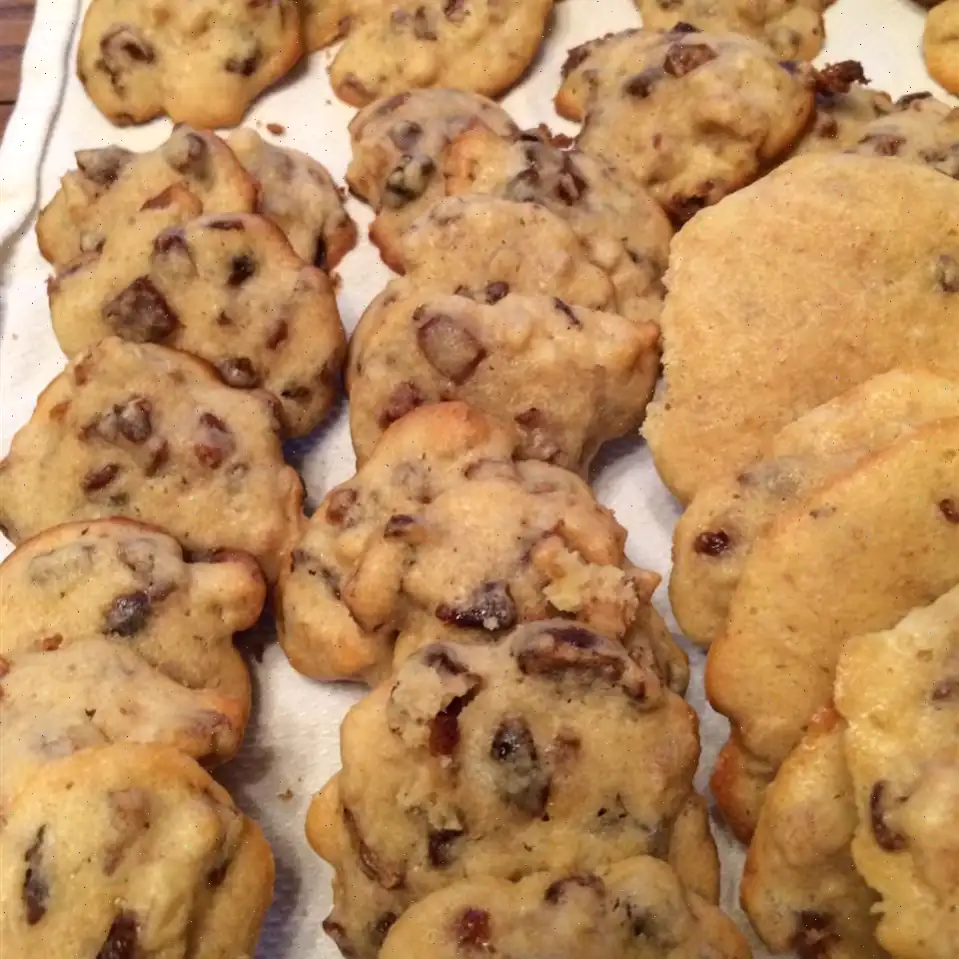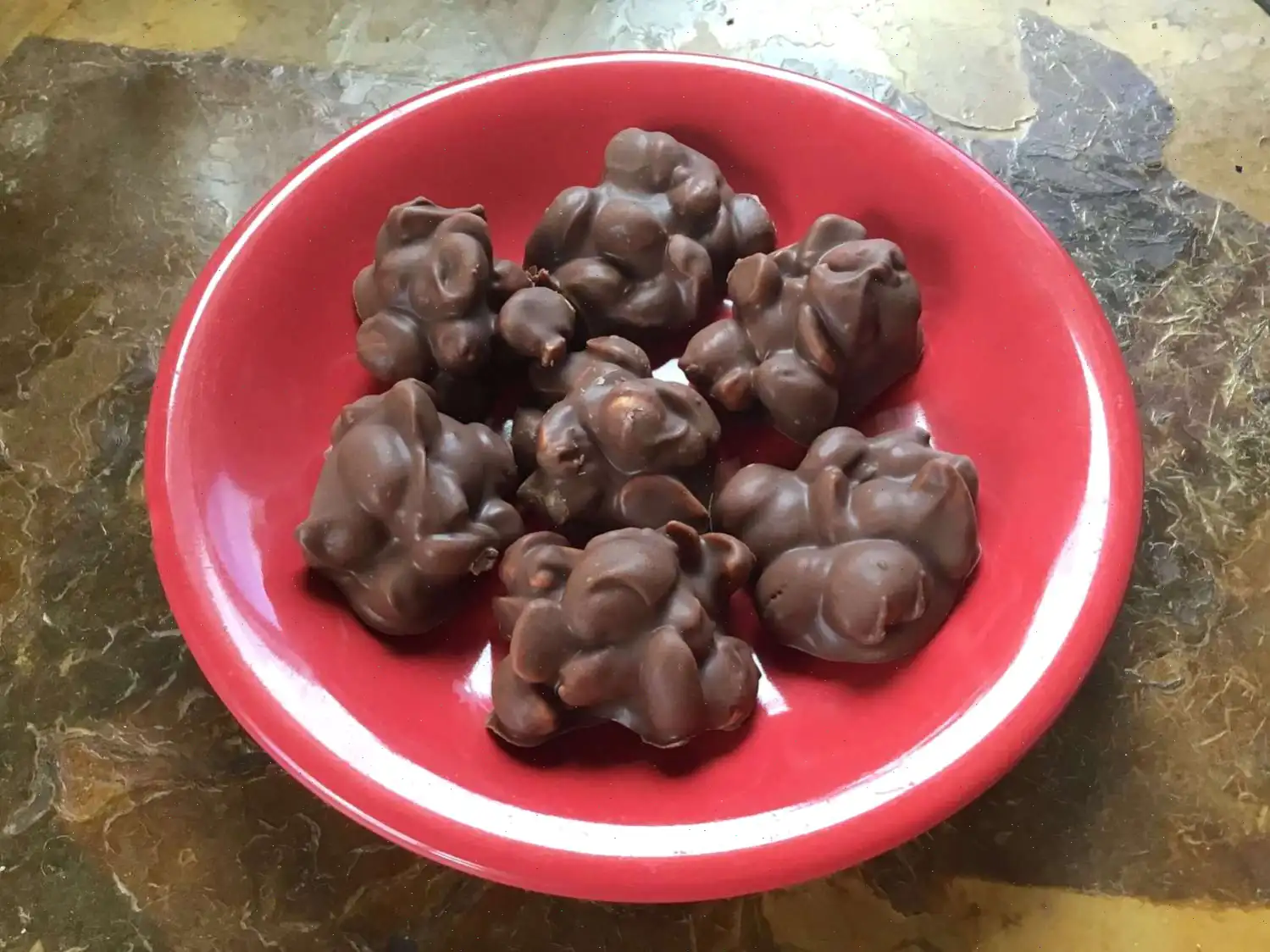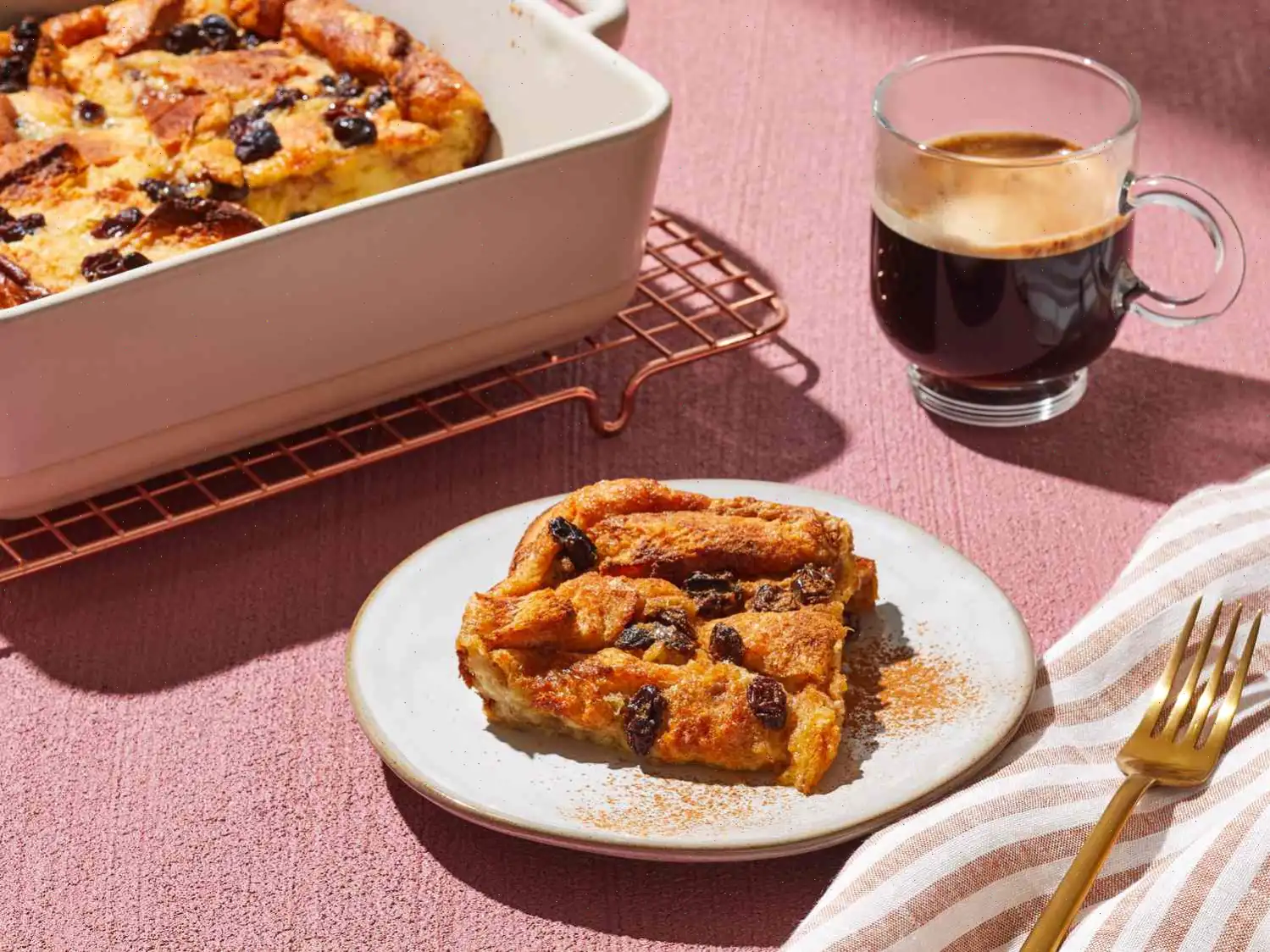
Lemon Meringue Pie in a Glass Recipe
If you're craving a slice of lemon meringue pie but don't want the whole pie, this Lemon Meringue Pie in a Glass is the perfect solution! No need for dough or baking a whole pie just a few simple steps for a deliciously easy treat. The tangy lemon curd layered with crumbled shortbread cookies and topped with a fluffy meringue is a mini dessert dream come true. Follow these easy steps for a refreshing twist on a classic dessert!
Ingredients:
- 4 shortbread cookies, crumbled
- 3 large eggs
- 3/4 cup white sugar
- 1/2 cup lemon juice
- 4 tablespoons unsalted butter, cubed
- 1 tablespoon lemon zest
- Meringue: 2 reserved egg whites
- 2 tablespoons white sugar
- 1/8 teaspoon vanilla extract
Directions:
Step 1: Divide the crumbled shortbread cookies into 4 wide glasses, cups, or ramekins. Set them aside while you prepare the lemon curd.
Step 2: Separate 2 of the eggs. Place the yolks in a saucepan and the whites into a mixing bowl. Refrigerate the egg whites until needed.
Step 3: Crack the remaining egg into the saucepan with the yolks. Add sugar, lemon juice, butter, and lemon zest. Whisk briefly to combine.
Step 4: Place the saucepan over medium heat. Cook the mixture while stirring with a whisk until the butter melts and the mixture is hot to the touch.
Step 5: Switch to a spatula, and continue stirring the mixture constantly. Scrape the bottom of the pan with the flat edge of the spatula to prevent the eggs from sticking. Keep stirring until the mixture thickens and holds a sharp line when you drag a finger across the spatula.
Step 6: Remove the saucepan from the heat and pass the lemon mixture through a fine mesh strainer into a bowl to remove any bits of egg. Divide the lemon curd evenly between the prepared glasses.
Step 7: Refrigerate the lemon curd for 3 to 4 hours until it is firm and fully chilled.
Step 8: Preheat the oven to 400F (200C). Place a silpat on a baking sheet and lightly grease it with vegetable oil.
Step 9: In a glass, metal, or ceramic bowl, beat the egg whites until they become foamy and soft peaks start to form.
Step 10: Add vanilla extract and 1 tablespoon of sugar. Continue beating until medium peaks form.
Step 11: Add the remaining tablespoon of sugar and continue beating until stiff peaks form.
Step 12: Transfer the meringue into a piping bag fitted with a star tip. Pipe 4 rosettes, about 2 inches high and smaller in diameter than the glasses, onto the prepared baking sheet.
Step 13: Bake in the preheated oven for 7 to 10 minutes, or until the edges of the meringue rosettes are lightly browned.
Step 14: Let the meringues cool on the baking sheet for 5 minutes before transferring them on top of the chilled lemon curd in the glasses.
Step 15: Serve immediately or refrigerate until ready to serve.
Nutrition Facts (per serving):
- Calories: 392
- Total Fat: 18g (23% Daily Value)
- Saturated Fat: 9g (47% Daily Value)
- Cholesterol: 170mg (57% Daily Value)
- Sodium: 104mg (5% Daily Value)
- Total Carbohydrate: 54g (19% Daily Value)
- Dietary Fiber: 1g (2% Daily Value)
- Total Sugars: 47g
- Protein: 6g (11% Daily Value)
- Vitamin C: 6mg (7% Daily Value)
- Calcium: 31mg (2% Daily Value)
- Iron: 1mg (6% Daily Value)
- Potassium: 102mg (2% Daily Value)
Note: Nutrient information is based on available data. Percent daily values are based on a 2,000-calorie diet. Your daily values may vary depending on your individual needs.
Origin Story
Lemon meringue pie, a beloved dessert, has its roots in 18th-century Europe, with the earliest recorded recipe dating back to the 1700s in England. Its classic combination of tart lemon curd, airy meringue, and flaky pie crust quickly spread throughout Europe and America. The variation of serving it in a glass, however, is a modern take that brings the familiar flavors into a more convenient and fun presentation. Chef Johns Lemon Meringue Pie in a Glass gives a contemporary spin to this traditional dessert, offering all the delicious components in a small, individual serving perfect for any occasion.
Regional Variations
Lemon meringue pie is predominantly American, but it is influenced by British desserts like lemon curd and meringue-based confections. In the United States, the pie became popular in the 19th century, particularly in the Southern states, where it was often served at social gatherings. In other parts of the world, you may find variations that use lime instead of lemon, such as the Key lime pie in Florida, which takes a similar approach to the tart and sweet balance. This dessert is now enjoyed globally, often adapted with local citrus fruits to suit regional tastes.
Differences from Similar Desserts
While many desserts incorporate meringue or lemon curd, the Lemon Meringue Pie in a Glass stands out due to its unique serving style. Unlike the traditional pie, this version omits the crust, instead using crumbled shortbread cookies, which adds a buttery crunch that pairs perfectly with the smooth and tangy lemon curd. This no-bake alternative makes it quicker and easier to prepare, while maintaining the essence of the original pie. The individual servings also make it a more versatile and convenient dessert for parties or intimate dinners, where portion control is important.
Where It's Usually Served
Lemon meringue pie, in both its traditional and "in a glass" forms, is often seen at American holiday gatherings, family dinners, and special occasions like Easter, Thanksgiving, and summer barbecues. It's also a popular dessert at casual restaurants, particularly in regions where citrus fruits are abundant. The glass version is perfect for serving at smaller events, as each guest can have their own individual portion. It also makes an impressive addition to dessert tables, where it can be arranged alongside other mini desserts.
Fun Facts
Did you know that lemon meringue pie is not only a delicious treat but also a challenge for many bakers due to the delicate balance required in making the perfect meringue? The meringue must be whipped to just the right consistency to achieve that delicate crispness without being overly dry or undercooked. Another interesting fact is that lemon meringue pie made an appearance in the early 1900s in the form of a "pie in a jar" a precursor to today's trendy mason jar desserts. These individual-sized servings of lemon meringue pie in a glass offer a modern twist on that vintage idea!
You can listen to this recipe in AI audio format. Simply click the play button below to listen to the content in a format that suits you best. It’s a great way to absorb information on the go!
FAQ about Lemon Meringue Pie in a Glass Recipe
Comments
Gregory Nguyen
12/24/2024 10:29:21 AM
I usually don't write reviews, but I have to say that the number of stars this dessert has received doesn't do it justice. To begin with, it's simple to make. Additionally, it has an attractive appearance. And most importantly, it tastes absolutely delightful. Overall, I find it quite impressive, despite accidentally browning the meringue a tad too much.
Jonathan Nelson
11/28/2023 06:13:02 AM
I prepared this dessert for a group of 20 people, and it was a hit with everyone. The event took place outdoors at a rented venue, so I had concerns about the stability of the meringue. French meringue can be fragile, and creating intricate designs seemed impractical as I needed to transport the dessert. Switching to Swiss meringue allowed me to simply dollop it on top like whipped cream, making it easier to bring in a large bowl. While my husband adores lemon meringue, making it from scratch can be a hassle. For a quicker option, using a quality store-bought English brand of lemon curd could work well. I happen to have a delicious lime curd in my pantry, so I'm considering making more of these desserts and experimenting with a French meringue recipe in the future.
Betty Harris
04/04/2024 08:10:58 AM
I had high hopes for this recipe, but unfortunately it fell short for me and my family. The dish turned out too sweet and overly lemony, although I didn't mind the lemon flavor personally. I would suggest reducing the sugar to 1/2 cup instead of 3/4 to balance out the sweetness. It's also worth noting that custard-based recipes tend to become sweeter as they cool, similar to ice cream. I typically enjoy Chef John's recipes, but this one needed some adjustments. I served it to five people without changing the ingredient quantities, except for adding extra shortbread, which turned out to be too much and overwhelmingly sweet for everyone. Overall, this recipe didn't quite hit the mark for us.
Catherine Davis
07/06/2023 02:56:09 PM
This dessert should be named "Lemon Curd Pie in a Glass" or something equally as bold, as it is far more flavorful than your typical lemon pie filling. Still, I enjoyed it!








